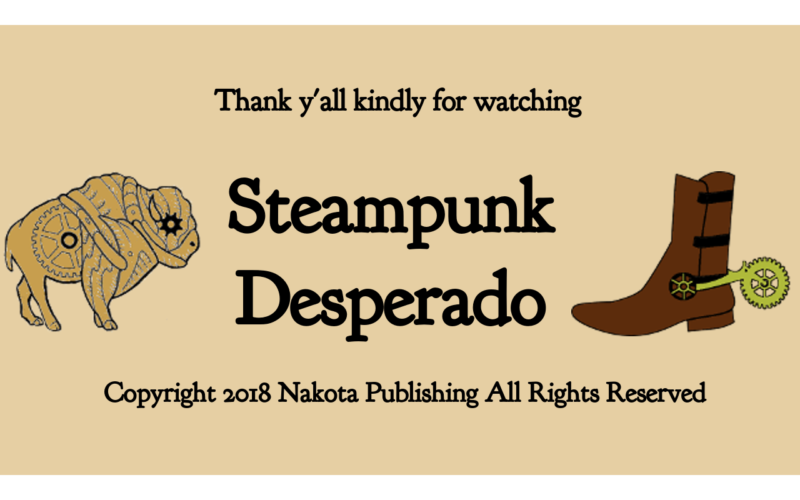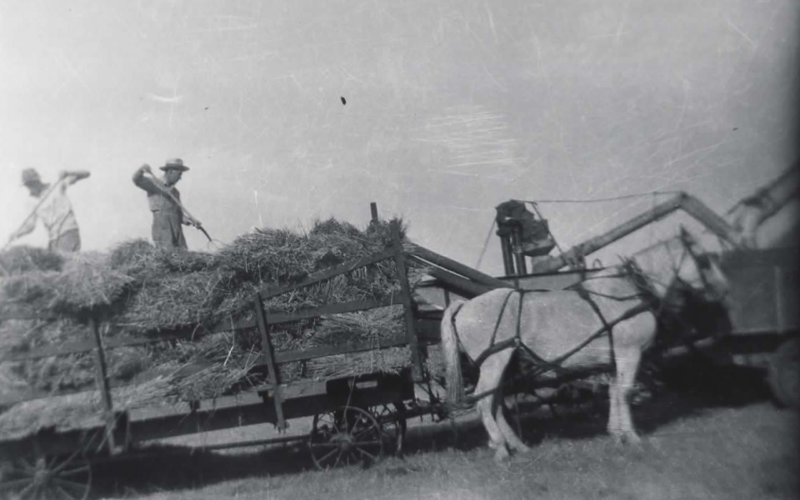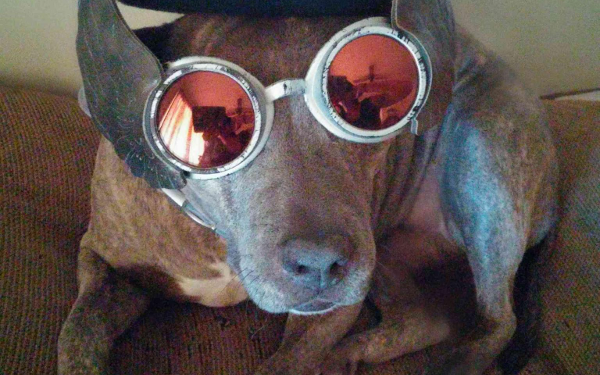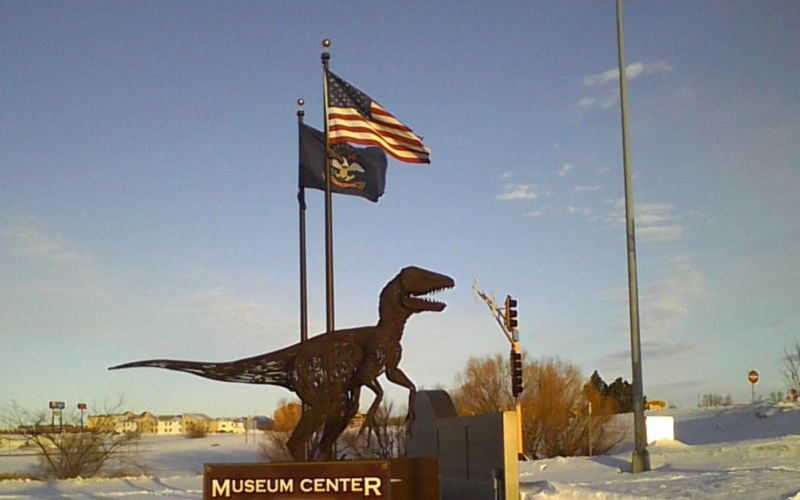
Clockwork Caballero, Photo by Arlys Endres
(With a shout out to Steve Miller.)
The Western genre, so popular in my youth, has fallen out of favor in recent years. It survives mainly in “shoot ’em up” video games like Red Dead Redemption. Yet it has had a lasting influence on other genres, especially science fiction. Though despised by sci fi purists, so-called “space westerns” have attracted legions of fans.
Combining sci fi and westerns seems like a weird idea until you consider the historical context. The 1950’s were in many ways a “coming of age” for the science fiction genre, arguably being the latter half of its “Golden Age.” At the same time, cowboys were everywhere in the popular culture. It’s only natural that there was some cross-pollination. Also, when there’s a high demand for any type of fiction, the market is bound to attract lots of hack writers. People will think, why not combine the two genres and make it even more popular? That’s probably why space westerns have such a bad rap. Galaxy Science Fiction magazine satirized them in a 1950’s ad campaign for an imaginary series based on a character called “Bat Durston,” a name which still pops up in sci fi circles.
Two sci fi TV shows, both which generated their own cult followings, proved Galaxy to be wrong. One was the Japanese animation Cowboy Bebop (1999). The other was Joss Whedon’s Firefly (2002.) Both combined space exploration and western themes artfully and both, unfortunately, lasted just a single season. Older fans often mention Wild Wild West (1965-69) which has its own enduring following, especially among steampunks. This one, however, being a historical adventure series with sci fi elements, does not fit the “space western” description, being more properly called a “sci fi western.” All three of these series demonstrate that combining disparate elements can create good fiction.
Though both of these shows are over a decade in the past, the space western is not dead. I recently picked up a book called Kepler’s Cowboys, edited by Steve B. Howell and David Lee Summers. It’s a collection of stories about the rugged individuals who colonize the next frontier, the many Earth-like planets discovered by the Kepler Space Telescope. Though I haven’t yet gotten the chance to read it, it’s next on my list, and I’ll post a review here as soon as I’m done.
When you look beyond the disparity in settings, sci fi and western fiction have a lot in common. The two genres are dominated by American writers and publishers. Both feature characters and plots which espouse the American themes of individualism, self-reliance, and justice. Both have an element of the frontier, with its central conflict of man against nature. There is a strong element of escapism in the two genres.
The purists are continue to judge space westerns harshly. If so, they are missing out on some very creative and original work. The rest of us will continue to ignore their opinion. In closing, I’ll quote the ending screen from Cowboy Bebop: “See you space cowboy.”



































